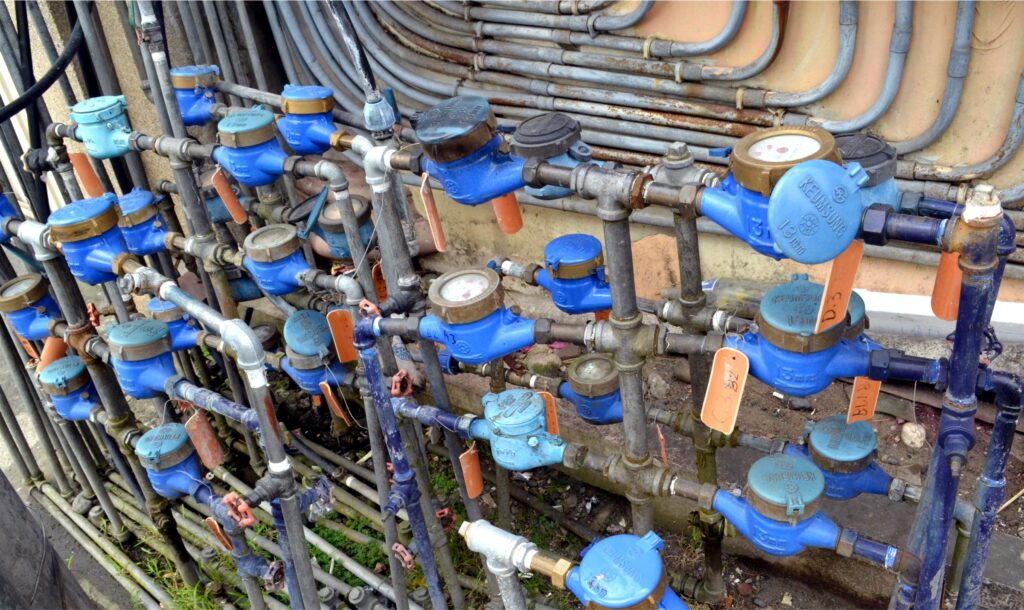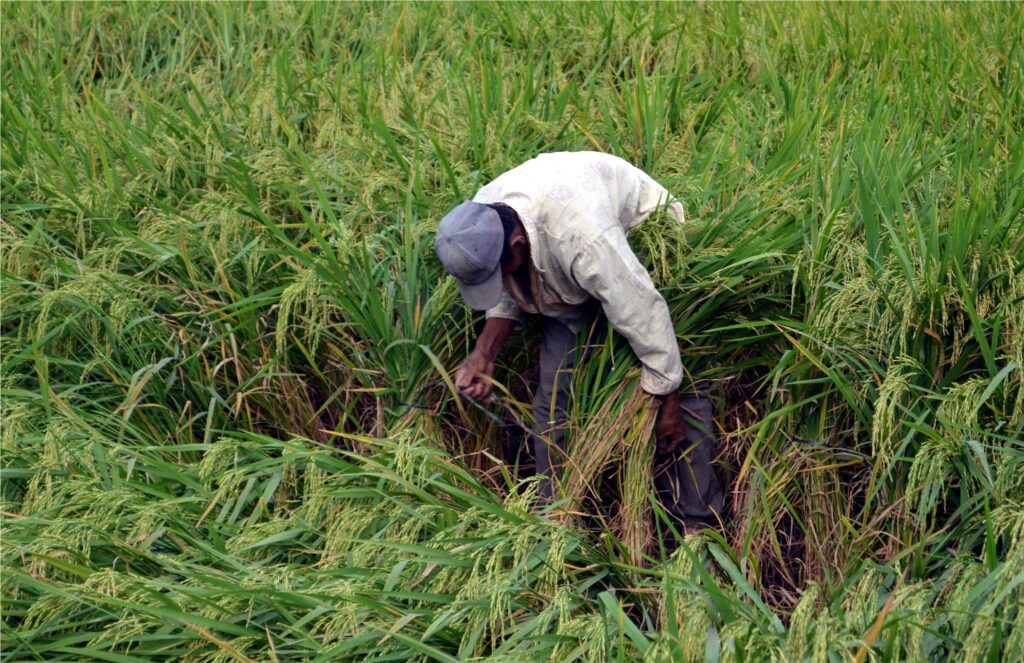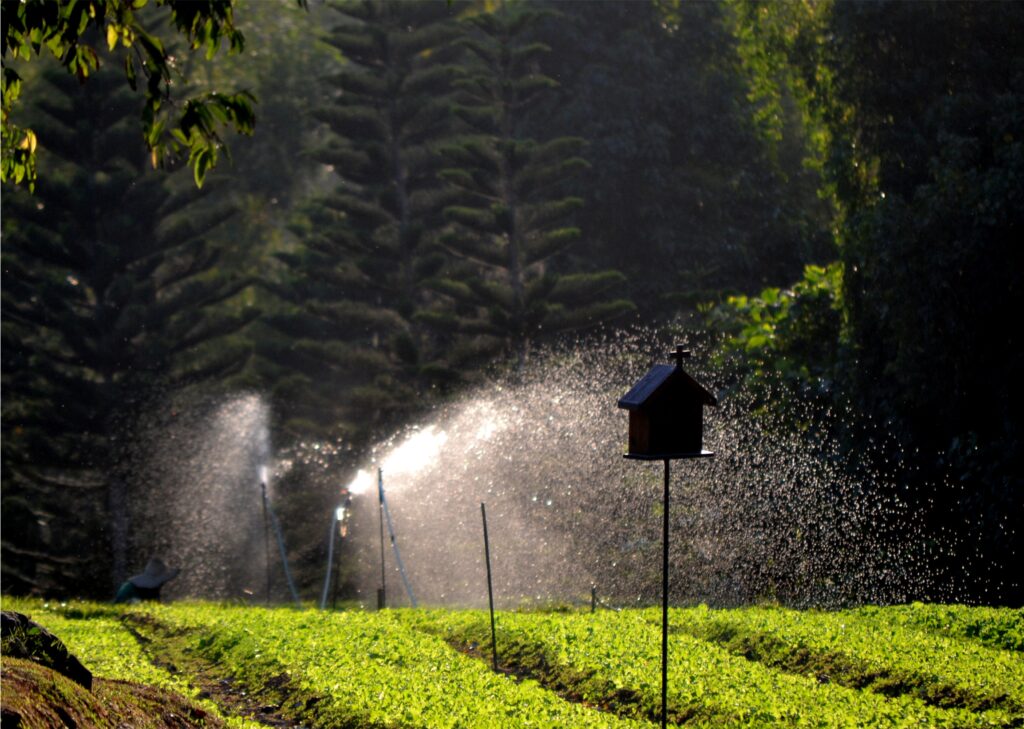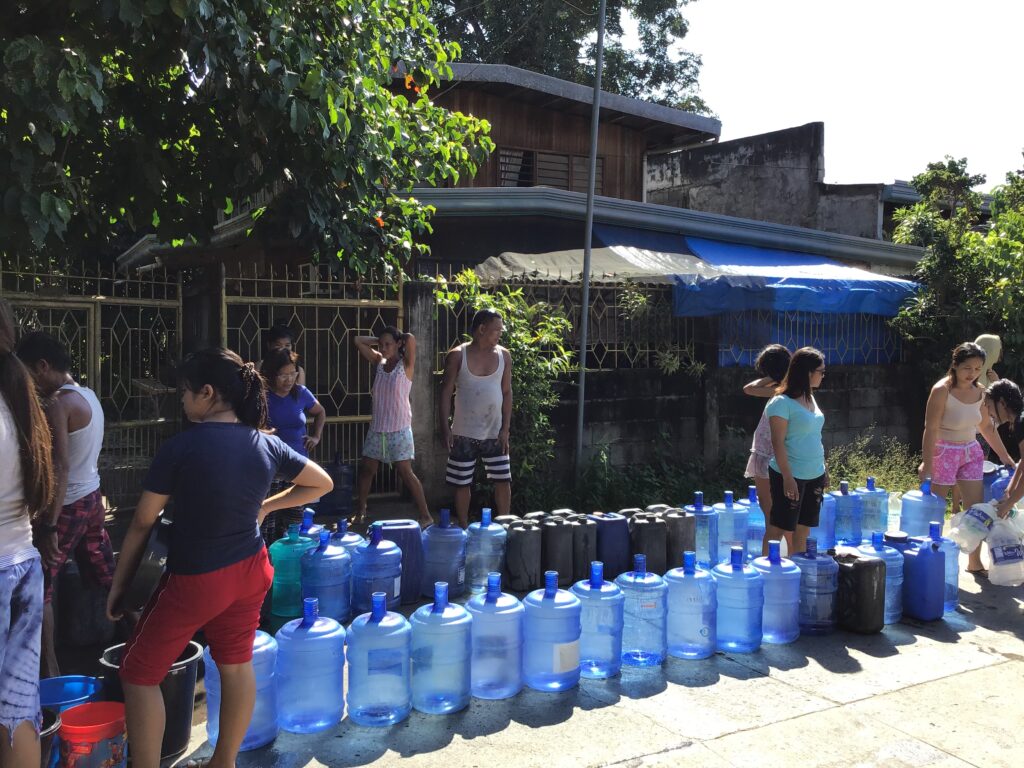Text and photos by Henrylito D. Tacio
English author Thomas Fuller once wrote: “We only learn the value of a glass of water when the wells run dry.”
Fuller may have written the statement in the 1700s yet, but it is still very apt today. This is particularly true in Bansalan, Davao del Sur. “In some areas, water flows only around midnight and this is the time that people – young and old – start storing water, wash their clothes, etc.” Leila Rispens-Noel, who used to live in The Netherlands but opted to retire in her hometown.
According to her, the water crisis in Bansalan has lingered for several years now. “The impact on the residents who sometimes have no water for several days that they resort to washing their clothes and taking a bath in the irrigation canal,” she says. “In some instances, we have to pray for rain for drinking water.”
In the offing
Seventy-five kilometers away from Bansalan is Davao City, the country’s largest city with a total population of 1.8 million. The city is blessed with abundant fresh drinking water, both ground, and surface. But a looming water crisis is in the offing.
The Davao City Water District (DCWD) reported that in 2018, the water demand of the residents already reached 333 million liters per day, but the water district’s water supply was only at 328 million liters per day (MLD).
“So, if we look at the trend in terms of water demand, by 2019 it’s gonna be 345 mld, then 362 mld in 2020, 377 mld in 202, 404 mld in 2022, 429 mld by 2023,” DCWD spokesperson Jovana T. Duhaylungsod told SunStar Davao.
“So, kung mag-base lang mi sa among existing nga water sources karon, layo na kaayo ang difference, more than 100 million liters per day ang among apason,” Duhaylungsod was quoted as saying.
Davao City was one of the nine major cities in the country listed as “water-critical areas” in a study by the Japan International Cooperation Agency some years back. The other eight cities were Metro Manila, Metro Cebu, Baguio, Angeles, Bacolod, Iloilo, Cagayan de Oro, and Zamboanga.

Water meters 
Rice production
Water shortage
Some years back, the Washington, D.C.-based World Resources Institute (WRI) predicts the Philippines will experience a “high” degree of water shortage by 2040. WRI defines water stress as “the ratio between total water withdrawals and available renewable surface water at a sub-catchment level.” A total score of 3 out of 5 was an indication that the country has a “high” level of water stress.
Water is life, so goes a saying. Without it, death is just around the corner. A press release issued by the United Nations disclosed these startling facts and figures: “Every 8 seconds, a child dies from a water-related disease; 50% of people in developing countries suffer from one or more water-related diseases; 80% of diseases in developing world are caused by contaminated water; and 50% of people on earth lack adequate sanitation.”
Next to air, water is the element most necessary for man’s survival. “A person can survive only three to five days without water, in some cases people have survived for an average of one week,” says thewaterpage.com. “Once the body is deprived of fluids the cells and organs in the body begin to deteriorate. The presence of water in the body could mean the difference between life and death.”
Sandra Postel, director of the Massachusetts-based Global Water Policy Project, agrees. “Water isn’t just a commodity. It is a source of life,” she said.
Basic water needs
Ideally, a person should have at least 50 liters of water each day to meet basic needs – for drinking, food preparation, cooking and cleaning up, washing and personal hygiene, laundry, house cleaning.
In the 1950s, the Philippines had as much as 9,600 cubic meters of clean water per person, according to Dr. Rafael D. Guerrero III, an academician with the National Academy of Science and Technology. Four decades later, Filipinos have to contend with little more than a third for that volume – 3,300 cubic meters per capita.
Postel believes water problems will trail climate change as a threat to the human future. “Although the two are related, water has no substitutes,” she explains. “We can transition away from coal and oil to solar, wind and other renewable energy sources. But there is no transitioning away from water to something else.”

Watering crops
Food production
It’s a lack of water – and not land – that will cause food production to drop. “The main constraint in agricultural production in many areas in the near future will be the availability of water, not land,” points out the United Nations.
After all, water is most critical in food production. “The link between water and food is strong,” says Lester R. Brown, president of Washington, D.C.-based Earth Policy Institute.
Take the case of rice, the country’s staple food. “We need 4,000 liters or 20 drums of water to produce 1 kilogram of rice,” says Kristine S. Pascual, senior science research specialist of the Philippine Rice Research Institute. “Studies show that by 2025, it is estimated that 15-20 million hectares of irrigated rice fields in the world will experience water shortage.”
COVID-19 pandemic
Water is very much needed as the world grapples with the coronavirus disease 2019 (COVID-19) pandemic. According to the latest data from the World Health Organization (WHO) and UN Children’s Fund (UNICEF), three in 10 people worldwide could not wash their hands with soap and water at home.
UNICEF said that 40% of the world’s population – or 3 billion people – do not have a handwashing facility with water and soap at home. The number is much higher in least developed countries, where nearly three-quarters go without water.
The water crisis is no longer shocking. It has already been predicted. The Nobel-prize winning United Nations Intergovernmental Panel on Climate Change (IPCC) estimated that by 2080 nearly half the world’s population will be without clean water.
“The necessary sense of urgency is lacking,” said the New York-based United Nations Development Program (UNDP) in a statement. “The facts have been staring us in the face for years.
Beyond scarcity
Water is also very important in environmental protection. “As water is an absolutely vital resource, at the center of life itself, it is a key integrating factor in the environment,” said Dr. Klaus Toepfer during his term as executive director of the Nairobi-based United Nations Environment Program. “Without sustainable water management to ensure that there are sufficient supplies of clean, safe water, the health of ecosystems and those who depend on them, especially people, suffer.”
Today’s “crisis in water and sanitation is – above all – a crisis of the poor,” observed the United Nations Development Program study, Beyond Scarcity: Power, Poverty and the Water Crisis.
Experts are urging to solve this forthcoming water crisis soon. “We have to stop living as if we had unlimited water supplies and start recognizing that we must deal with serious water constraints,” Falkenmark urged.
Possible solutions
Are there some solutions on sight?
Dr. Rowena Cristina L. Guevara, an undersecretary for research and development of the Department of Science and Technology (DOST), reported that the science department had initiated some programs and projects related to water resources management.
For instance, the DOST deployed technologies that address water concerns in areas with high socio-economic importance. She cited the integrated system for monitoring the water quality of Manila Bay as an example.
In Laguna Lake, the researchers are optimizing methodologies to determine organic compounds and heavy metals for better water quality management, particularly in the aquaculture sector. In Boracay, a science-based guideline for water resource assessment in a tourist island was also developed.
There are also DOST-supported research and development projects that focus on the development of water technologies to improve crop, animal, and fisheries production, according to Dr. Guevara. Among the initiatives are the drift irrigation technology for onion, peanut, garlic, and sugarcane.

Water crisis
Minute water
Only 2.5 percent of the water that covers over 70 percent of the earth’s surface is considered freshwater. And only 1.3 percent is available for human use since most of the freshwater is trapped in glaciers, ice sheets, and mountainous areas. Freshwater is drawn either from wells (tapping underground sources called aquifers) or from surface flows (like lakes, rivers, and man-made reservoirs).
“There is no more water on earth now than there was 2,000 years ago,” states the US National Wildlife Federation, which has been working for years to protect water resources not only in the United States but throughout the world as well. “This limited supply of freshwater must meet the needs of a human population that has tripled in the last century and continues to grow at almost 80 million people per year.”
“Whiskey’s for drinkin’,” American author Mark Twain once wrote. “But water is for fightin’ over.” Sir Crispin Tickell, one of the organizers of the 1992 Earth Summit in Rio de Janeiro, agreed: “The world has got a very big water problem. It will be the progenitor of more wars than oil.”

